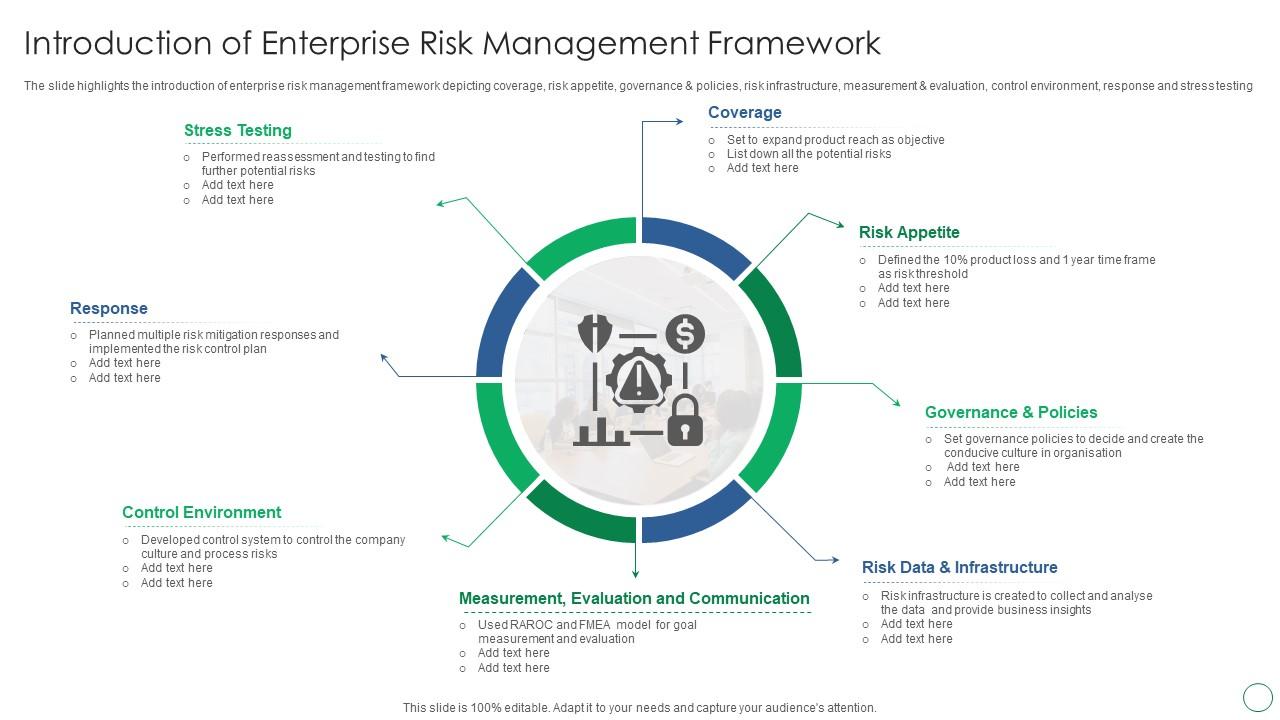Opening the Benefits of AI for Human Funding Threat Monitoring and Expert Danger Mitigation
In today's electronic landscape, organizations face substantial challenges connected to human capital threats and expert threats (Insider threats). Advanced technologies, particularly artificial knowledge, offer appealing services to enhance risk monitoring. By assessing individual behavior and identifying abnormalities, AI can supply important insights. However, the assimilation of these devices questions concerning effectiveness, application, and future growths. Checking out these elements reveals an intricate interplay between innovation and safety that necessitates more detailed exam
Understanding Human Resources Dangers in the Digital Age
As companies significantly adopt digital innovations, they deal with a myriad of human funding threats that can affect their overall efficiency. Employees might struggle to adapt to new devices and processes, resulting in decreased efficiency and interaction. Additionally, the electronic environment can assist in the spread of false information and reduce partnership amongst teams, producing silos and obstructing technology.
The shift to remote work presents difficulties in monitoring employee performance and keeping workplace society. Organizations needs to additionally emulate cybersecurity dangers, where insider threats can develop from employees unintentionally or maliciously endangering delicate details.
In addition, the fast pace of technological change can develop a skills void, as existing employees might do not have the needed training to utilize brand-new systems efficiently. Subsequently, understanding and minimizing these human funding threats is necessary for companies aiming to flourish in the electronic age while guarding their workforce's well-being and performance.
The Function of AI in Identifying Expert Threats
While organizations browse the complexities of a digital landscape, the duty of fabricated knowledge (AI) in determining insider dangers has come to be progressively crucial. AI innovations take advantage of progressed formulas and machine knowing to assess vast quantities of information, identifying patterns that suggest prospective malicious behavior from specialists or employees. By continuously checking user tasks, AI can recognize abnormalities that differ typical behavior, such as unauthorized access to delicate details or uncommon data transfers.
Additionally, AI systems enhance risk discovery by integrating various information sources, including e-mail interactions, network traffic, and gain access to logs. This all natural approach offers companies with a comprehensive view of prospective threats. Furthermore, AI can adjust and boost its detection abilities with time, finding out from new information and progressing risk landscapes. Companies that execute AI-driven services can significantly minimize the likelihood of insider threats, securing their assets and preserving a safe and secure functional setting.
Enhancing Threat Monitoring Methods With AI Tools
Organizations can substantially enhance their threat administration techniques by incorporating AI devices that streamline decision-making processes and improve data analysis. AI modern technologies provide sophisticated analytics capabilities, enabling companies to recognize possible dangers extra promptly and accurately. By leveraging device learning algorithms, companies can evaluate large amounts of historic information to uncover patterns and trends that might show arising threats.
AI devices can automate regular tracking jobs, permitting risk management teams to focus on higher-level calculated initiatives. This automation not only enhances performance however additionally decreases the potential for human mistake in threat assessments. Anticipating analytics can also anticipate potential risks, allowing positive procedures rather than reactive feedbacks
Ultimately, the assimilation of AI into risk monitoring frameworks gears up organizations with the agility needed to adjust to advancing dangers while boosting their total durability. By harnessing these advanced devices, companies can guarantee much more educated Get More Info and durable threat monitoring techniques.
Situation Researches: Successful Applications of AI in Danger Monitoring
Numerous organizations have actually successfully incorporated AI into their threat monitoring frameworks, showcasing the concrete advantages of these innovative modern technologies. One significant case is a major financial organization that released AI-driven analytics to identify prospective insider threats. By examining worker actions patterns, the system flagged anomalies, enabling timely intervention and decreasing events by 30%.
An additional example includes an international manufacturing company that used AI to boost its worker monitoring processes. The AI formulas assessed interaction channels and determined risks associated with functional inefficiencies, leading to a 25% decline in why not check here human capital-related losses.
A doctor additionally executed AI devices to manage compliance risks effectively. Insider threats. By automating the tracking of governing changes, the organization enhanced its adherence to industry criteria, reducing lawful susceptabilities. These case research studies highlight how AI not only minimizes threats but also promotes positive administration techniques across different industries
Future Trends: The Evolving Landscape of AI in Human Being Resources Safety And Security
As modern technology developments, the future of AI in human resources safety is positioned for transformative modifications that guarantee to redefine risk administration practices. Organizations are significantly taking see this site on advanced algorithms with the ability of real-time data analysis, enabling positive recognition of prospective expert threats. Improved device discovering designs will assist in nuanced behavioral analytics, allowing companies to differentiate between harmful and benign actions more efficiently.
In addition, the integration of AI with various other arising modern technologies, such as blockchain, will certainly additionally strengthen information honesty and protection methods. As AI systems come to be much more sophisticated, they will certainly also emphasize honest factors to consider, ensuring transparency and liability in decision-making procedures.
Furthermore, continual understanding systems will encourage AI devices to adjust to progressing danger landscapes, making certain continual security versus human resources risks. Eventually, the merging of AI technologies will lead to more resilient and adaptive human resources security structures, optimizing business safety and security and performance.

Regularly Asked Inquiries
Just How Can Small Companies Take Advantage Of AI for Danger Monitoring?

What Are the Costs Connected With Implementing AI Solutions?
Executing AI options incurs costs such as software program acquisition, hardware upgrades, training workers, recurring maintenance, and prospective combination with existing systems. In addition, companies may face expenses connected to information privacy and conformity with guidelines.
How Can Employees Be Educated to Work With AI Devices?
Employees can be trained to work with AI devices through extensive workshops, hands-on session, and continuous assistance. Constant learning possibilities boost their understanding, guaranteeing efficient integration of AI options into their everyday tasks and duties.
What Honest Factors To Consider Develop From Making Use Of AI in Risk Management?
The honest factors to consider of AI in risk monitoring include information personal privacy, mathematical bias, openness, liability, and the capacity for discrimination. Organizations must browse these challenges to ensure accountable and reasonable use of AI modern technologies.

Just How Does AI Deal With Information Privacy Concerns in Risk Evaluations?
AI addresses data privacy worries in threat evaluations by implementing access, anonymization, and security controls. These measures assist safeguard sensitive details while permitting organizations to examine data effectively without compromising individual privacy civil liberties.
Ultimately, the integration of AI into threat administration structures outfits companies with the dexterity required to adjust to progressing dangers while enhancing their general durability. Countless companies have successfully integrated AI into their risk management structures, showcasing the concrete advantages of these advanced modern technologies. As innovation advances, the future of AI in human capital safety is poised for transformative adjustments that assure to redefine threat management practices. In enhancement, constant understanding mechanisms will empower AI devices to adjust to evolving hazard landscapes, guaranteeing sustained security against human capital risks. The honest considerations of AI in risk administration include data privacy, mathematical prejudice, transparency, responsibility, and the potential for discrimination.